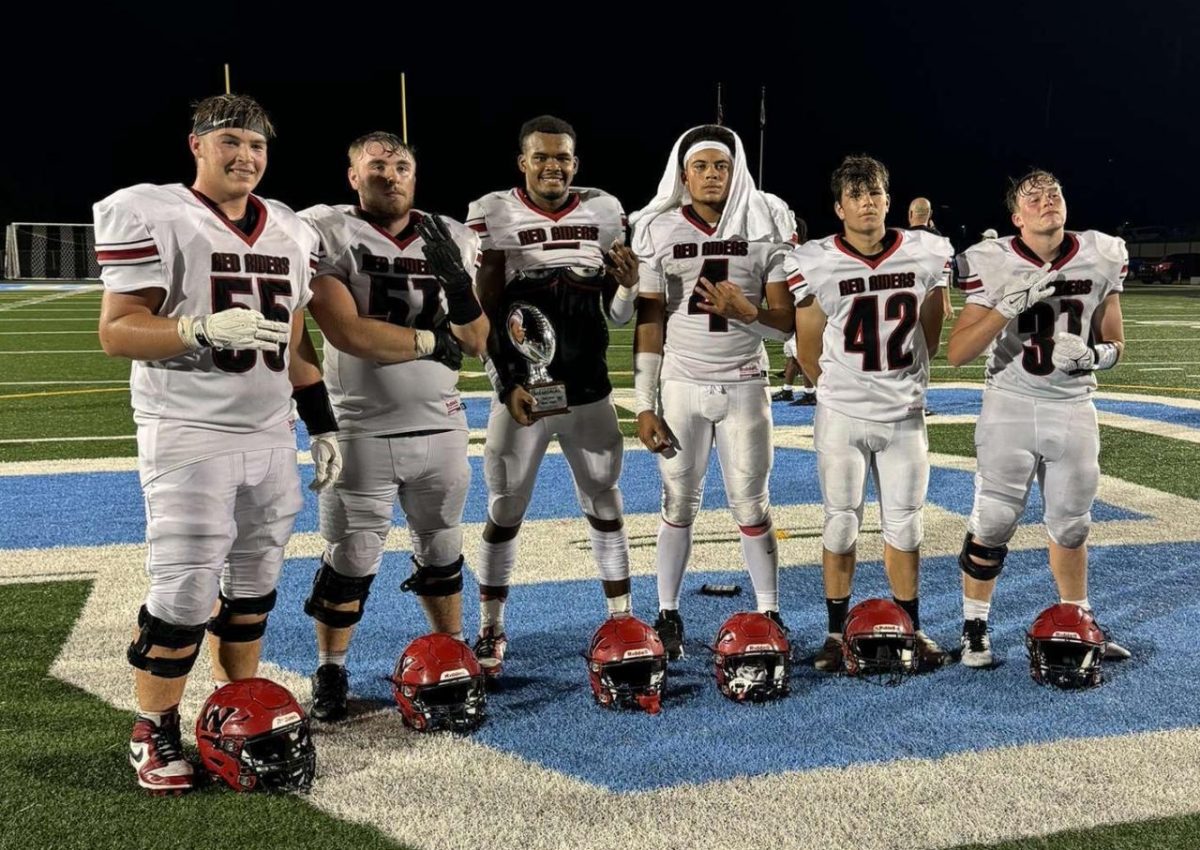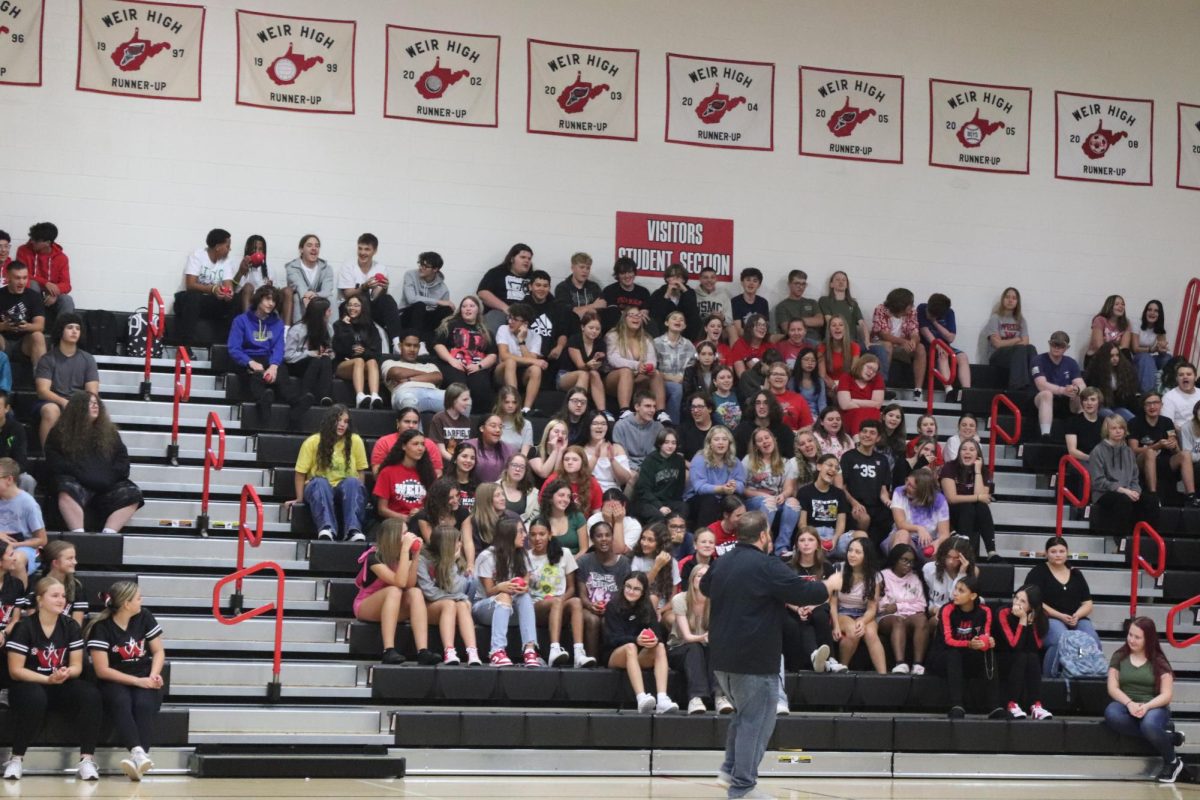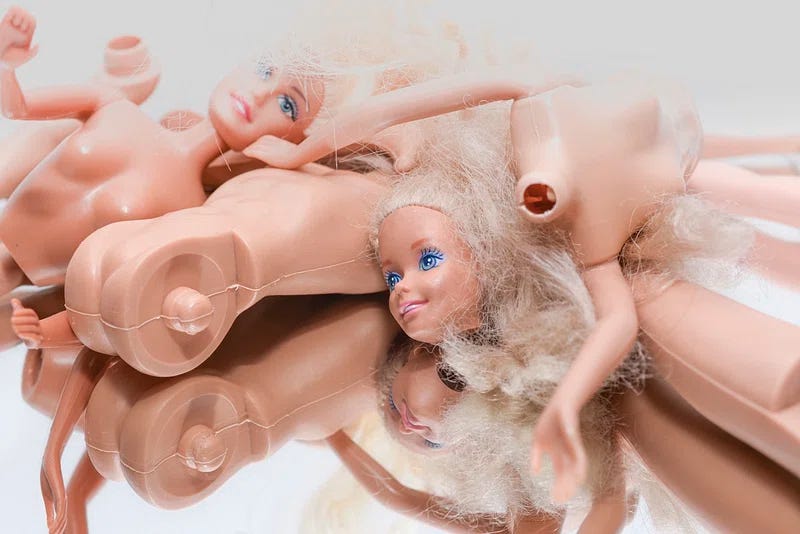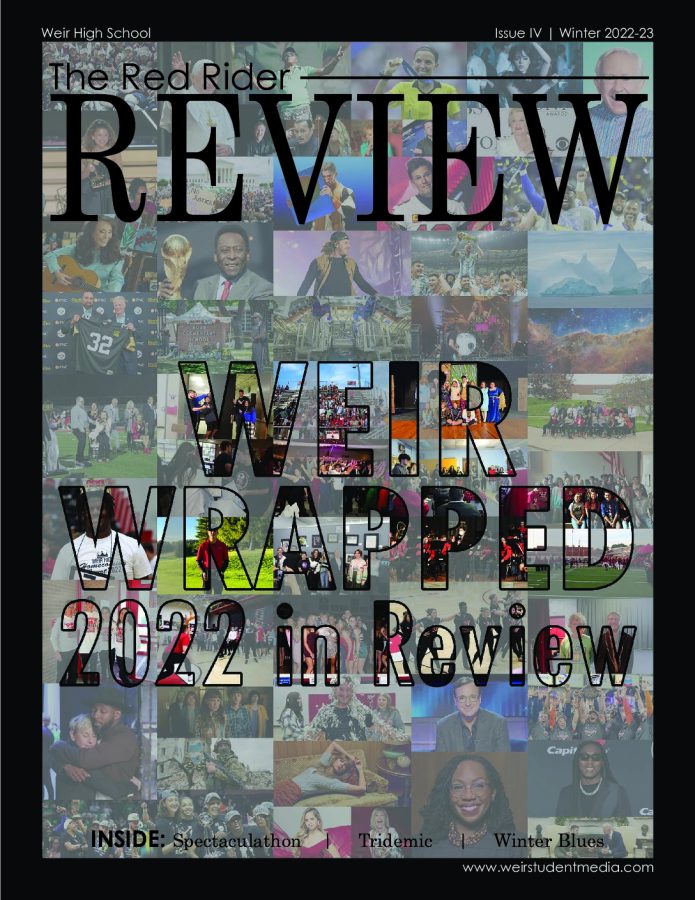The exploitation of women is a prevalent intricacy in media that proves a factor in the growing violence against women. Advertisements, film, and television has a recurring habit of using/portraying women as objects or sexual beings. This in turn creates a dangerous space for women and young girls in their everyday lives.
A study conducted by USC Annenberg researchers, “Gender Inequality in Popular Films”, surveyed the top 100 grossing films of 2009. It found that 33.8 percent of female teen characters wore suggestive clothing, and 28.2 percent exposed skin in the cleavage, midriff, or upper thigh areas. Men in these movies, however, had only 5.3 percent in suggestive clothing and 11.2 percent who showed skin. Along with being portrayed in a sexual manner, these female teen characters only held 32.8 percent of the 4,342 speaking roles studied, wearing the majority of women down into an object for male pleasure. With some of these movies targeting a younger audience, such as Transformers 2 and Paul Blart Mall Cop, it is safe to say that young men and women internalize these harmful images representations of women in media (annenberg.usc.edu). “Looking back on old movies I used to watch, it’s sad to see how women were portrayed. It’s also sad that I relate to these women now that I’m older,” Junior, Peyton Northcraft, commented.
The male gaze, a way of perceiving women as a desirable entity rather than a human being, is absorbed at an early age by both boys and girls through collective experiences such as how adults treat others and the youth, or in this case, media, causing negative impacts on either side.
For men, toxic masculinity can occur, maintaining the idea that being a man exists in a dominant, heteronormative, and aggressive mindset. Junior, Josh Raveaux, explains, “I feel like it’s harder for some people to realize that they don’t have to be strong all the time.” Many men are taught to shy away from feminine traits, including self-care and self-betterment, resulting in many cases of depression, anxiety, and substance abuse. Men have a higher rate of suicide, death by alcoholic causes, and substance abuse than women do (ncbi.nlm.nih.gov), reinforcing the notion that men have a harder time reaching out for help due to toxic masculinity in things like mental health or even their experiences facing sexual violence.
In addition, toxic masculinity harms women based on the promotion of aggressive behavior by men onto women. Feelings of dominance along with the male gaze treating women as sexual property encourages violence against women. When men lean into these taught dominant traits, violence can ensue. Psychotherapist and men’s health expert Dr. Brad Thomas spoke in an interview, “I think men feel entitled in a lot of ways to treat women disrespectfully and also this idea of toxic masculinity. There are all of these gender roles that men are supposed to fit a certain mode or stereotype, and this fuels this idea that they can show up in these aggressive ways that are hurtful and harmful to women without caring about the consequences.”
Ending the sexualization of women in media is a good step to limiting the male gaze and toxic masculinity. By portraying young girls and women in a positive, well-rounded depiction, internalizations of harmful messages can be avoided to a certain extent.



































